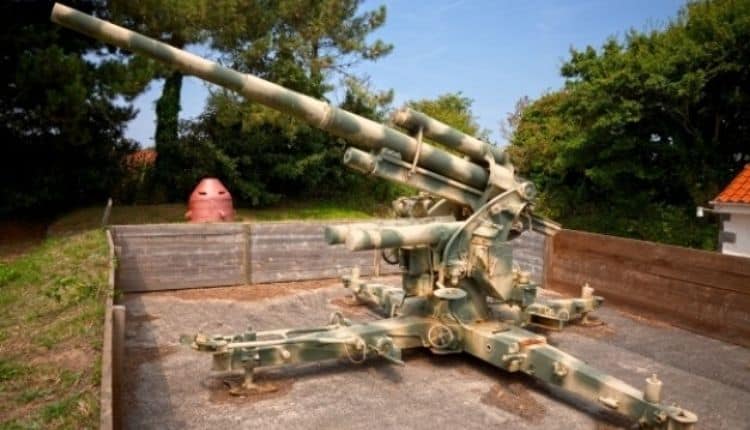By Praveen Cherian, CEO, STL Global Services
Imagine a scene from the popular Netflix series, Fauda. Forces receiving prior missile and drone attack warnings, making decisions with data, swarm drone technology, unmanned aerial vehicle, thermal, infrared, sound, and electromagnetic sensors, aerial photography, high altitude pseudo satellites, etc. Armed forces arrive at the scene equipped with M-16 guns and wearing Virtual Reality (VR) helmets. This helmet serves as a conduit between soldiers on the field and their battalion leaders, who provide them with an overview of all the boots on the ground. When necessary, the nearby Unmanned Aerial Vehicle (UAV) assets and shooters can provide 360-degree situational awareness and choose the optimal angle to eliminate enemies that hide among civilians. The command and control centre continuously updates the soldiers on the whereabouts of the enemy and their level of defence.
That’s the digital future of the country we are talking about!
Future wars will increasingly come down to technological superiority. With the impact of new and emerging technologies, particularly in the areas of electronics, materials, and computers, warfare has already undergone fast changes. This has had a significant impact on the creation of more adaptable systems for a variety of uses, including communications, sensors, and guided weapons. Additionally, computing technology has entered systems throughout every aspect of battle, giving modern warfare a new dimension.
The Indian military must be able to dominate the complete spectrum of military operations, from conventional combat to providing humanitarian aid, in order to ensure national security in the twenty-first century. The time has come to concentrate Defence spending on the technological advancements and research required to counter new and uncertain dangers. Our military advantage must increasingly be characterised by technological superiority.
We live in an era where technology is constantly changing and evolving. Since the onus of ensuring reliable and instant access of data falls on network infrastructure, there is a pressing need to modernise networks and enable the performance of almost all technologies.
Defense organisations should consider two factors when evaluating modernization plans: their investment roadmap and the strategic importance of Defence outcomes including deterrent and attack capabilities, mission effectiveness, etc. A significant case can be made for safeguarding communication networks for a nation’s whole Defence ecosystem in the current environment of growing cyberattacks and digital warfare. Some key focus areas should be:
- Modernizing the network with policy support: Network modernization will advance with the support of a dedicated ICT budget. Despite having the third-highest military budget in the world, the Indian Defense Force has only made partial investments in network upgrading and digitisation. This must be addressed.
- Expanding private sector collaborations: The government is opening up critical sectors like agriculture, railways and coal mining for greater private participation as it recognizes the impetus that private partnerships give to large objectives, both economically and for innovation. Private players are able to provide tremendous value and assist in achieving ICT goals by bringing in specific talents, improving executional efficiencies, and best business practices.
- Leveraging 5G networks for faster data transfer and communication: 5G has the potential to transform supply chain, logistics, and battlefield applications. A wide range of endpoints, including mobile phones, sensors, IoT and MIoT control devices, and vehicle connectivity, can be connected via 5G
-
End-to-end network modernization solution with an emphasis on creating a Defence ecosystem supported by technology: The idea is to collaborate with infrastructure partners who can update any network from the physical layer all the way up to the application layer. To improve combat preparedness and modernise battlefield operations, the armed forces must go digital and create network centric Defence ecosystems.
Companies like STL are assisting in shaping India’s security environment in ways that are beneficial to our national interests, respond to a wide range of emergencies, and get ready for the challenges of an uncertain future. The capacity of the Defence forces to obtain information superiority and the technology that enable it will be crucial to achieving this full spectrum dominance. Our fighting forces will thereby become more informed, lighter, more agile, and more formidable and technology that makes this possible will play a crucial role.

